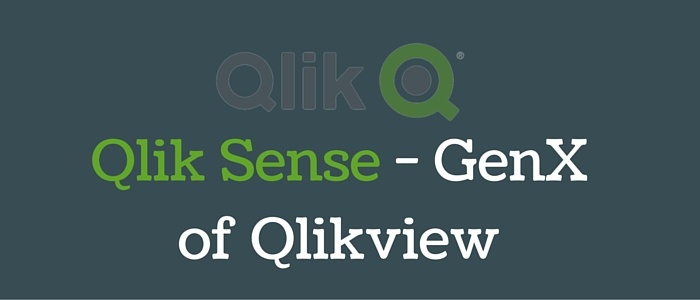MongoDB recently announced the latest release 2.6 and is already being termed as their biggest release ever. With the promise of better performance and new innovations, we decided to take a dig at it.
Querying
The most impressive feature we found was sophisticated query planner. MongoDB can now use index intersection to fulfill queries supported by more than one index. In the previous versions, MongoDB could use only a single index with most queries; with the only exception being query with $or clause which could use a single index for each $or clause.
The Basic Text search is now improved to a dedicated text search engine and comes by default in the 2.6 version.
The aggregation pipeline is one the data aggregation options being provided; modeled on the concept of data processing pipelines. Using this framework, MongoDB passes the documents of single collection through a pipeline. The pipeline easily transforms the documents into aggregated results, and is thenaccessed through the aggregate database command. Earlier there was data size limit for the aggregated results. Now aggregation pipeline adds the ability to return result sets of any size. It also supports an explain operation to analyze aggregation operations.
Bulk Data Loads
There has been significant improvement in bulk data loads and has been quoted to be about 5 x insertions faster than previous release. New bulk method will be way faster than insert method.
Security
You can now create user defined roles, a feature that was lacking in previous releases. This allows you to take better control over data security than using system defined roles.
Administration
MongoDB Management Service (MMS), which already provides monitoring and alerting, now also provides backup and point-in-time restore functionality.
Enhanced Sharding and Replication Administration: supports new commands for administration.


.jpg)


